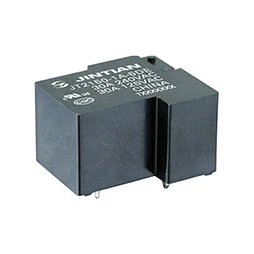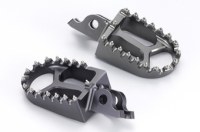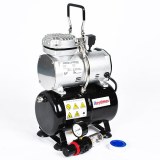 |
|
|
B2B Services
Miniature High Power Relay
|
|
This page is about importers and exporters of Miniature High Power Relay Search in a category : B2B Services Search in a category : high, relay, power, miniature |
Tuesday, January 26, 2016
Round White Rice Type: Rice Texture: Soft Kind: White Rice Variety: Short-Grain Rice Style: Dried Cultivation Type: Common Color: White Broken Ratio (%): 5 % Max. Moisture (%): 12% Admixture (%): 5% Crop Year: new Certification: HACCP, ISO Place of Origin: Ho Chi Minh...
Pacific Production Co., Ltd
- 460000 - Ho Chi Minh
- +84 9 94 85 84 44
Saturday, October 18, 2014
Quantity : No Limit - Price : 200 USD
Level 10 is a professional bicycle parts manufacturer and supplier in Taiwan. We specialized in manufacturing bicycle parts with high quality and competitive price to meet customer's needs. Level 10 Footpeg is new design for better self-cleaning and more stability. The Footpeg is...
Pai Weih Enterprise Co., Ltd.
- level10
- 71043 - Tainan
- +88 6 62 33 78 28
Wednesday, March 18, 2015
Price : 159CHF
Mini Druckluft Airbrush Kompressor Lackieren Airbrushkompressor Airbrushkompressor Kompressor Airfilter Compressor Druckluft 3L Airbrush Kompressor ist super perfekt für allen Anfänger oder Profi in den Bereichen für Modellbau, Tanning Kosmetik, sowie Fingernägel. Das Gerät ist...
Euro-Sino
- - Thun






